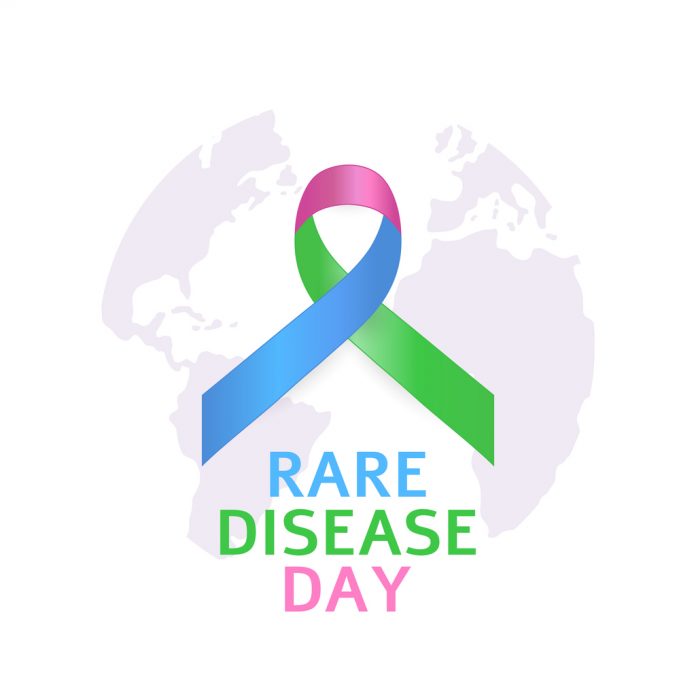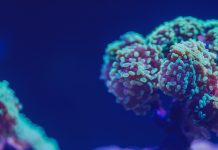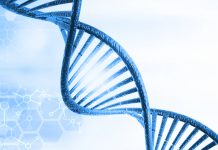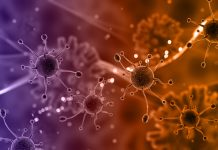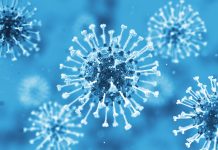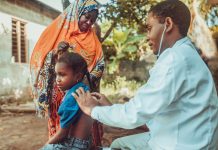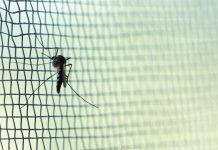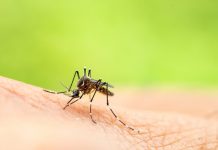February 29th is dedicated to raising awareness about rare diseases and looking into the opportunities technology could bring for potential treatments, so lets shine the spotlight on one such breakthrough for argininosuccinic aciduria
Scientists from UCL, King’s College London, and Moderna have used the technology behind COVID-19 vaccines to create a promising therapy for a rare genetic liver disorder.
Their research, published in Science Translational Medicine, showed the potential of messenger RNA (mRNA) in correcting argininosuccinic aciduria, a rare metabolic condition affecting approximately one in 100,000 newborns worldwide.
What is argininosuccinic aciduria?
Argininosuccinic aciduria disrupts the body’s ability to metabolise proteins, potentially leading to dangerous ammonia levels in the bloodstream.
Patients with this condition experience imbalances in glutathione regulation, which is crucial for liver detoxification. Unlike traditional gene therapy methods, which often rely on modified viruses and can trigger adverse immune reactions, the team explored mRNA technology as a safer alternative.
Using mRNA technology for safer outcomes
mRNA carries instructions for protein synthesis, and by confining it within lipid microdroplets, researchers could specifically target liver cells when administered intravenously.
The therapy was tested on 31 mice; the mice treated with mRNA survived significantly longer than untreated mice, with some surviving for over three months.
Positron emission tomography (PET) scans revealed correction of glutathione regulation, indicating the success of the treatment.
Dr. Julien Baruteau from UCL emphasised the potential of mRNA technology, comparing its impact on rare diseases to its role in Covid-19 vaccination efforts.
Helping those who suffer from rare diseases worldwide
With an estimated 300 million individuals worldwide affected by rare diseases, this innovation holds promise for managing unmet medical needs.
Dr. Tim Witney of King’s College London highlighted the multidisciplinary approach, which enabled the correction of the genetic error and monitoring of treatment efficacy through imaging techniques.
“By understanding what goes wrong in this disease, we can not only correct the error, but follow this correction in real-time using imaging.”
“We are looking forward to bringing these advances to patients in the near future.”
The research team aims to translate their findings into clinical trials, offering hope for patients affected by inherited liver diseases, particularly children. By using the success of mRNA therapy in rare diseases, they imagine a future where cutting-edge technology transforms the landscape of genetic medicine, providing targeted and effective treatments for rare diseases.
Editor's Recommended Articles
-
Must Read >> Understanding the barriers in rare disease care


